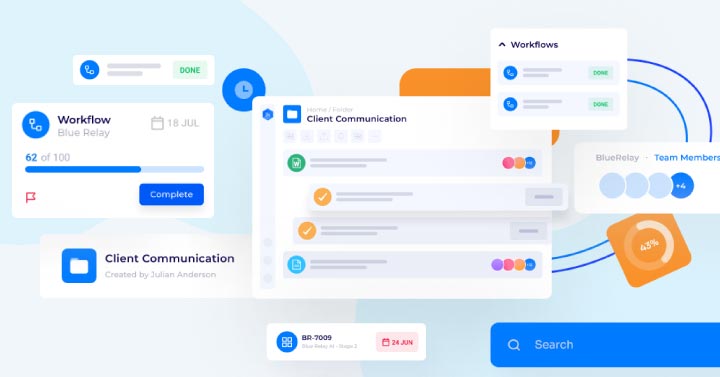“The best software is like a special effect in a movie – you don’t even notice it,” – Constellation Research Vice President Analyst, Alan Lepofsky.
Process automation and auditing are one of the pillars of a successful business, helping to identify bottlenecks and improve productivity. Today, we see a movement to a new level of productivity with a greater number of tools that collaborate, reduce siloes and improve connectivity. After long overlooking the powerful capabilities of internal process optimization, companies are seeing the benefit beyond just internal productivity, but also a competitive edge and cost savings that can propel an organization above others.
Companies are turning to business process management (BPM) tools to streamline operations, strengthen teams (from HR, production, marketing and sales alike) and free up their valuable time. A digitally documented process helps ensure that everyone has the same guidelines for how to perform their work. It also guarantees that processes are properly managed and improved over time. As a result, the adoption of business process management (BPM) and process automation technology enables you to improve time to market.
Finding the Right BPM System
If BPM isn’t implemented correctly, however, it can be a waste of time and resources. Not implementing a BPM system with the right feature set (like a dashboard with full visibility into your data and interoperability with other critical tools) can also hinder the growth of the company. That’s why it’s important to work with BPM experts who take the time to understand your pain points and don’t implement a one-size-fits-all tool into your workflow.
As Alan Lepofsky, the Vice President Analyst at Constellation Research (the top research and advisory firm based out of Silicon Valley), points out, “the future of work is all going to be about how we can get better at connecting to people. How can we get better at connecting to content? How can we get things done more effectively? How can we get things done more efficiently?”
Here are a few questions to consider before implementing a BPM tool:
- How easily can my employees implement this? Your employees shouldn’t need to be technology specialists to use a quality BPM solution. A valuable tool is simple to use and made for the novice user and the professional.
- Does it have any integration capabilities? Making sure the tool isn’t limiting but can integrate with other systems, such as Microsoft SharePoint, is vital.
- Is it mobile-friendly? Your employees are working from home, the road, a conference or from a different country. Make sure the tool can be easily accessible no matter what device they are on.
- Does it have robust security? Nobody wants to lose documents or valuable customer data. Making sure your documents are managed securely with the right user management permissions is key.
- Is it easily customizable? Do you categorize your documents by internal code names or acronyms? Find a solution that fits into your work style, not the other way around.
Improving the future of work is also what BlueRelay strives to do – as well as connecting people and processes to deliver quality work.
To see the value of BlueRelay and how it helps to simplify the workloads of the future, read our Top Things You Need to Know About BlueRelay blog.
Easily manage your processes, materials and teams with Blue Relay.



